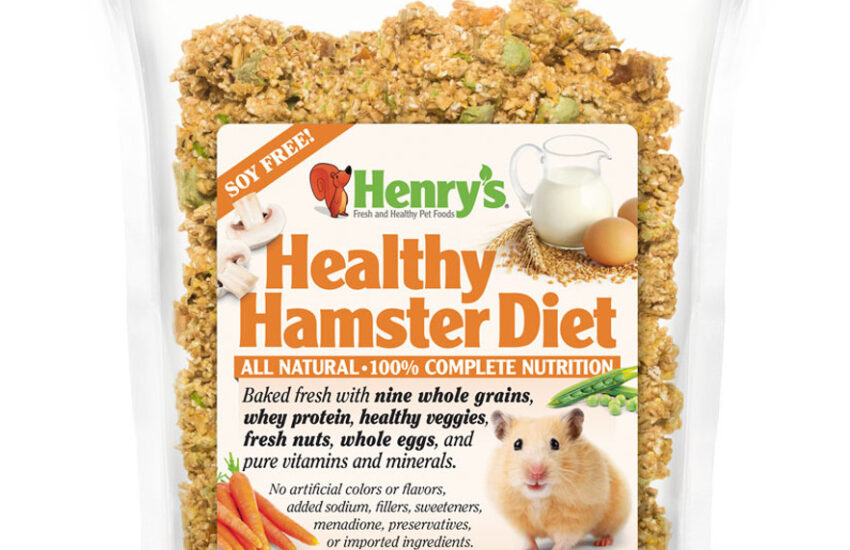Creating a Balanced Hamster Diet
Having a healthy hamster is largely dependent on the diet you provide. A **balanced hamster diet** ensures your pet stays healthy, happy, and active. In this article, we will cover essential components of a hamster’s diet, what to avoid, and practical tips to create a well-rounded nutritional plan for your furry friend.
The Importance of a Balanced Diet for Hamsters
A proper hamster diet is vital for the overall health and longevity of your pet. Hamsters have specific nutritional needs that differ from other small pets. Incorporating a variety of foods will not only meet these nutritional requirements but also keep your hamster engaged and satisfied. Key nutrients include carbohydrates, proteins, fats, vitamins, and minerals. Paying attention to the right balance is crucial in preventing obesity and other health issues.
Nutritional Requirements
When it comes to nutritional requirements, hamsters need a diet that consists of approximately 10-20% protein, 4-7% fat, and high-quality fiber. Protein is essential for growth and tissue repair, while fat provides energy. Fiber aids digestion and keeps the gut healthy. It’s important to offer a mix of hamster pellets, fresh produce, and occasional treats to ensure they receive nutrients from various sources. Always keep an eye on the food’s composition; look for hamster-specific blends that cater to their specific needs.
Pelleted Diets vs. Seed Mixes
A choice between pelleted diets and seed mixes is essential to providing a balanced diet. Pelleted diets offer uniformly balanced nutrition, ensuring that your hamster receives all necessary vitamins and minerals in each bite. Seed mixes can be tempting because of their variety; however, they can lead to selective eating, where your hamster may pick out the seeds they like and ignore the rest. Thus, it’s beneficial to predominantly feed a good quality pelleted diet while occasionally offering seed mixes as treats.

Fresh Fruits and Vegetables
Adding fresh fruits and vegetables helps to enhance your hamster’s dietary variety and can provide essential vitamins and minerals. When introducing new foods, it’s important to do so gradually to avoid digestive issues. Aim to offer 1-2 teaspoons of fresh produce a few times a week, and be mindful of the quantities, as too much can lead to diarrhea.
Safe Fruits and Vegetables
Some great options include carrots, cucumber, broccoli, and small pieces of apple (without seeds). Hamsters generally enjoy crunchy vegetables, which help keep their teeth healthy and trimmed. Be sure to wash all produce thoroughly and cut them into small, manageable pieces. Always remove any uneaten fresh food after a few hours to prevent spoilage and keep your hamster’s habitat clean.
Avoiding Toxic Foods
While many fruits and vegetables are safe, there are some to absolutely avoid. Grapes, onions, garlic, and chocolate can be toxic to hamsters and should never be given. This knowledge is crucial in preventing accidental poisoning. Familiarize yourself with which foods are safe and dangerous to keep your pet healthy and thriving.
Special Treats and Supplements
Aside from their regular diet, occasional treats can be a good way to engage your hamster. Treats should be offered sparingly and should not exceed 5% of the total diet. You might consider items like dried mealworms or small pieces of hamster-safe snacks bought from the store. These can serve as rewards during training or playtime.
Homemade Treat Recipes
If you enjoy DIY projects, you can create homemade treats for your hamster. Mixing oats, unsweetened peanut butter, and a dash of honey can result in a nutritious treat that they will love. Bake small portions and ensure they are cool before giving them to your pet. Just remember to limit these treats, as they should not replace your hamster’s primary diet.
Consulting Your Veterinarian
Regular check-ups with a veterinarian will help you stay on top of your hamster’s health. They can offer tailored advice on diet based on breed, age, and health status. If you notice any changes in your hamster’s behavior or health, such as weight loss or changes in their eating habits, seek professional advice quickly.
Key Takeaways
- A balanced hamster diet is essential for their health and well-being.
- Ensure a mix of pellets, fresh produce, and occasional treats.
- Identify which foods are safe and balance them to avoid obesity.
- Consult with your veterinarian for personalized recommendations.
FAQ
1. How often should I feed my hamster?
A hamster should be fed once daily, with fresh pellets available continuously. Fresh fruits and vegetables can be offered 2-3 times a week in small amounts to maintain balance in their diet.
2. Can hamsters eat nuts?
Nuts can be offered very sparingly as a treat, but they are high in fat. Avoid salted or flavored nuts, and always cut them into small pieces to prevent choking.
3. What is the best food for a dwarf hamster?
Dwarf hamsters thrive on a high-quality pelleted diet designed for their specific needs, complemented with small amounts of fresh produce and occasional seeds or nuts as treats.
4. Should my hamster have treats daily?
Treats should be given sparingly and should not exceed 5% of your hamster’s diet. Remember, moderation is key to avoiding obesity and other health concerns.
5. How can I tell if my hamster is overweight?
Signs of obesity in hamsters include difficulty running, a noticeable weight increase, or an inability to groom themselves properly. Regular veterinary check-ups can help monitor their weight effectively.
